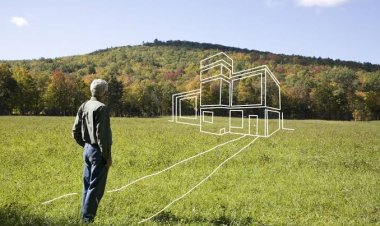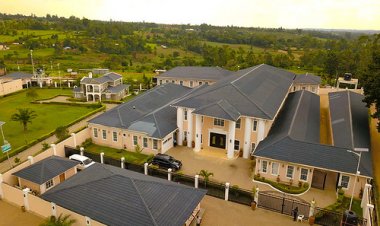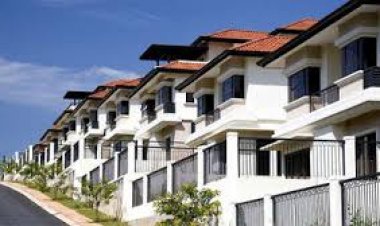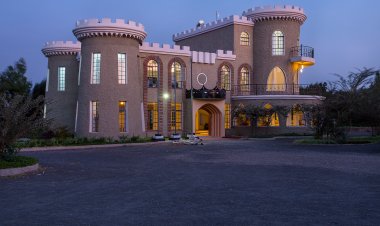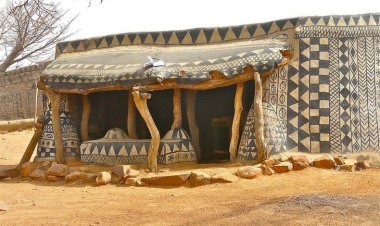Types of Roof Designs and Shapes
Getting a suitable roof design or shape can be a hustle. Having a variety to choose from is all we want.
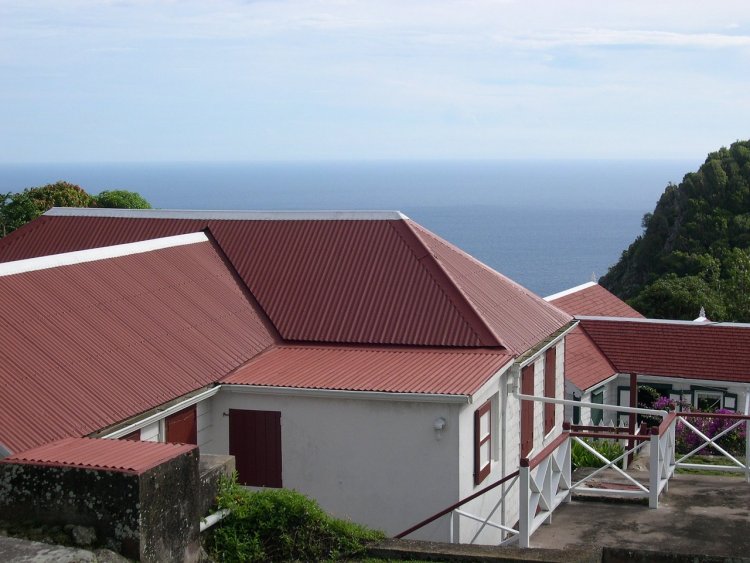
Getting a roof design or shape can be a hustle and having a variety to choose from is all we want. Here are some roof designs.
Saltbox roofs
The saltbox roof is favored by those who are concerned with visual appeal. Its unique style provides some lovely eye candy for onlookers. It features a long pitch, asymmetry, and two sides with contrasting long/short lengths. Saltbox roofs are commonly featured on homes that have a single story on one side and two stories on the opposite side. The saltbox design tends to provide more wind resistance than a standard gable house.
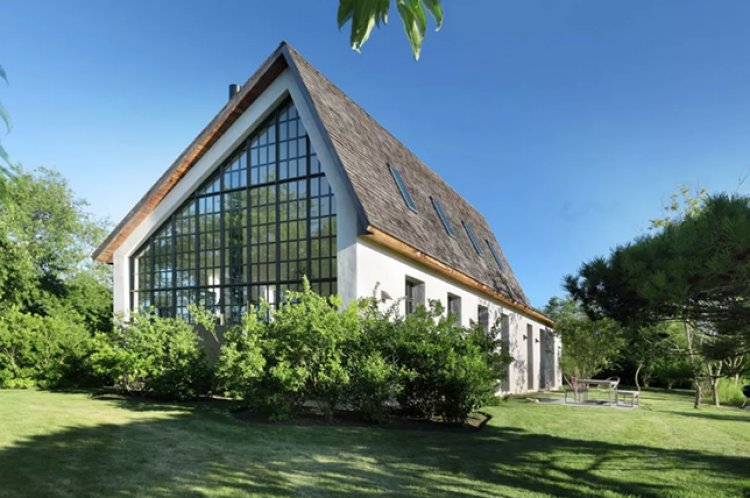
saltbox roof [photo courtesy]
Mansard roofs
Mansard roofs are constructed with four slopes. Each side of the home features two slopes. The lowest slope is steeper than the upper one. In some instances, the upper slope cannot be seen from ground level. The roof’s unique French aesthetic permits extra living/storage space at the top portion of the house.
Gambrel roofs
It is also called barn roof because it has been used extensively on barns. It provides additional headroom in the attic. Gambrel roofs aren’t too much different from mansard roofs. The main differences are that the Gambrel-style roofs feature upright gable ends and have Dutch roots as compared to the mansard’s French roots.
Pyramid roofs
A pyramid roof is just as it sounds. It’s shaped in the mold of a pyramid. Pyramid roofs are typically installed on diminutive portions of a home. They are also commonly installed on garages, pool houses, and other small structures.
Hip roofs
Hip roofs are similar to pyramid roofs but each side connects at a flat section or ridge. It is slightly more difficult to build and usually has 4 sides. It’s a popular choice but does not provide ventilation. This is the most common style of roof and tends to perform better in high wind areas.
Gabled roofs
It derives its name from the triangle spot that is formed when the two pitched areas of the roof meet -gable. This way, each section of the house can have its own cross-gabled roof for the ultimate aesthetic appeal.
Flat roofs
Flat roofs are fairly easy to construct compared to other, more nuanced types of roofs. Flat roofs are favored for their simplicity and accessibility. A flat roof can withstand your weight if you decide to walk on it. The only downside to this style of roof is that dirt, dust, leaves, and other debris can collect on its surface more easily than other roof varieties.
Skillion roofs
A skillion roof is constructed with a single slope. It is best thought of as a hybrid between a triangular roof and a flat roof. In many instances, skillion roofs are used on a single section of a house. Rainwater tends to run easily off of skillion roofs.
Curved roofs
Curved roofs are not much different than skillion roofs, except the planes are curved. The curve can be designed slightly or with more of an arch shape. Curved roofs create a unique curb appeal. A lower slope is great for high wind areas and a higher slope is great for allowing water run-off.
Sawtooth roofs
Sawtooth roofs have two or more parallel pitched roofs in which the slope and vertical surfaces alternate. The exterior resembles the side view of a saw blade. The high peaks allow for vaulted ceilings or loft living spaces.
Butterfly roofs
A butterfly roof is constructed of two tandem pieces that meet in the middle and are angled up in a V-shape. The way the two pieces meet in the midsection gives an effect of a butterfly’s wings in flight from the exterior. The midsection of the butterfly roof allows for rainwater to be collected so more drainage is required down the center. Its unique design provides plenty of light and ventilation.
Domed roofs
The domed roof is polygonal with an inverted bowl shape. Domed roofs are not only beautiful in design but also very durable. The construction of domed roofs varies on the complexity of a project and can add more curb appeal to a home. They are often added to cupolas and gazebos.
Edited by Skeeter Imisa








